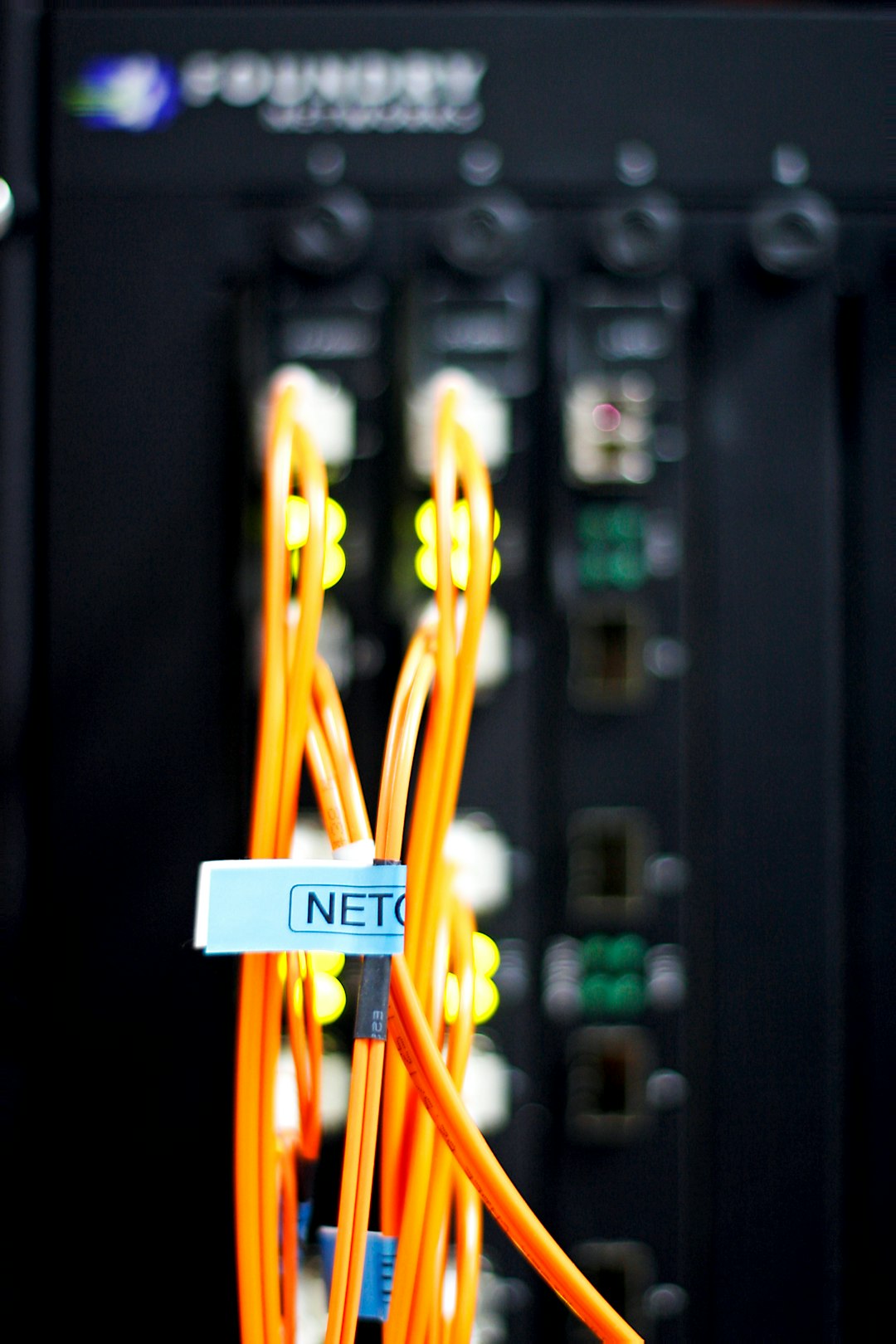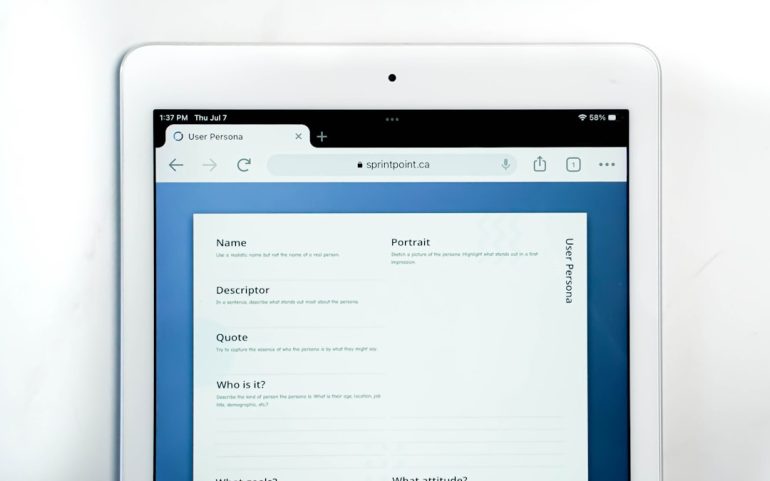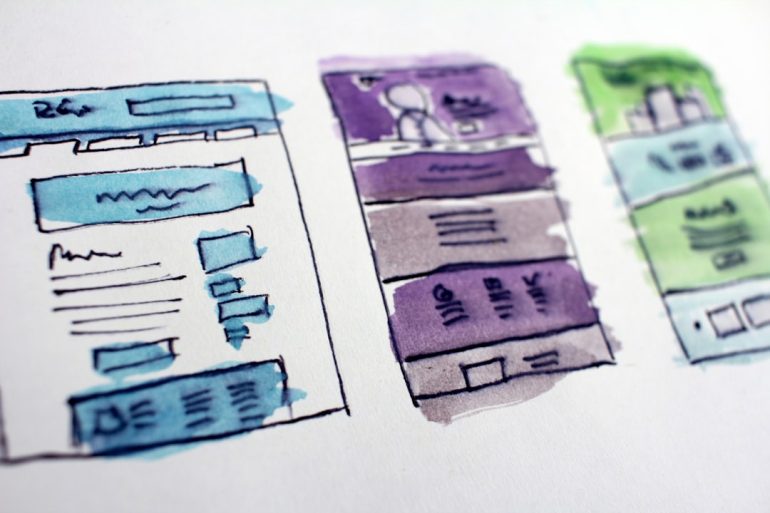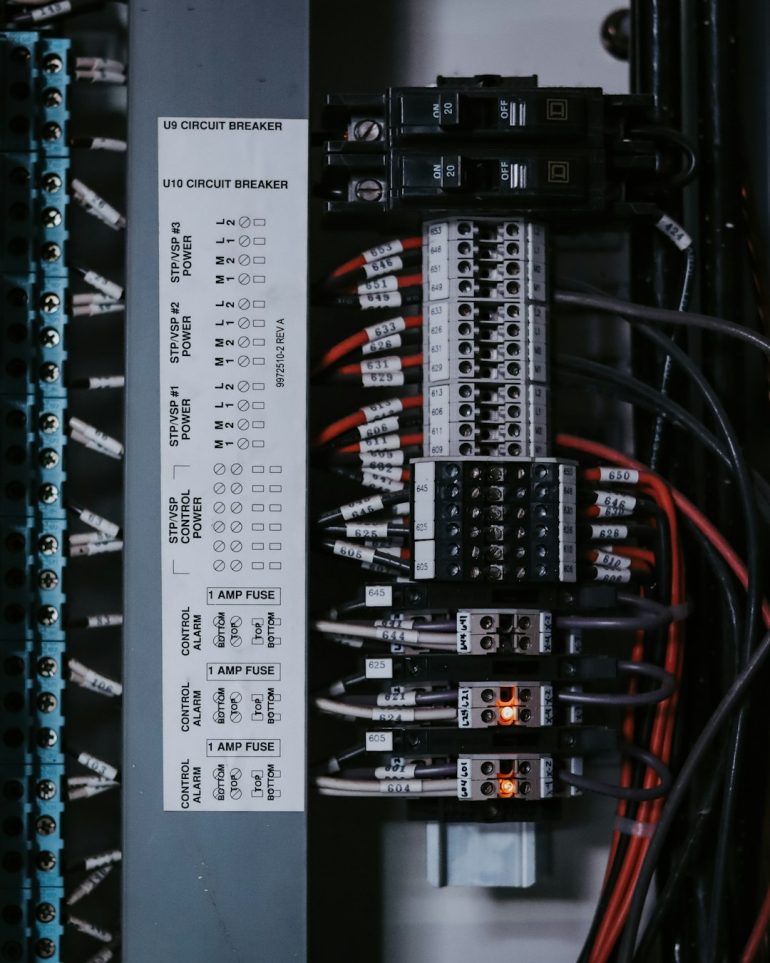Namecheap vs. Cloudflare: Transfer Speed & Support Quality
In the world of domain registration and management, two popular names often emerge in discussions: Namecheap and Cloudflare. Both companies offer domain transfer services along with a suite of tools that cater to businesses, developers, and individuals. However, when it comes to domain transfer speed and customer support quality, differences arise that may influence your choice between the two.
Understanding Domain Transfers
Table of Contents
Before diving into comparisons, it’s essential to grasp what a domain transfer entails. A domain transfer is the process of moving a domain name from one registrar to another. This can involve a variety of steps, including unlocking the domain, obtaining an authorization code (EPP code), and initiating the transfer through the new registrar. This process is crucial for users seeking better pricing, enhanced features, or superior customer service.
Transfer Speed Comparison
Transfer speed is a critical factor for individuals and businesses, particularly those who wish to avoid lengthy downtimes or delays. While domain transfers are regulated by ICANN and typically take 5–7 days, the efficiency and systems used by registrars can make a noticeable difference.
Namecheap’s Transfer Speed
Namecheap has earned a reputation for streamlining the domain transfer process. Once the domain is unlocked and the authorization code is entered, transfers to Namecheap often complete within 24 to 48 hours under ideal conditions. Additionally, Namecheap provides timely updates through email notifications and a clean dashboard interface for tracking progress.
Users generally report fewer complications and delays with Namecheap’s system, which automatically checks the status of transfers and flags issues proactively. For example, if an authorization code is incorrect, the process halts and alerts the user instantly.
Cloudflare’s Transfer Speed
Cloudflare entered the domain registrar space more recently, offering cost-based pricing—essentially registering and transferring domains at wholesale rates. While this has disrupted the market in terms of pricing, the transfer speed doesn’t always match the efficiency found with Namecheap.
Cloudflare requires users to have their domains already managed through its DNS before enabling domain transfers, which can add an extra step. After initiation, domain transfers to Cloudflare typically take 3–5 days. The process feels less dynamic since Cloudflare doesn’t send frequent status updates, and some users report slow support response times in case of transfer issues.
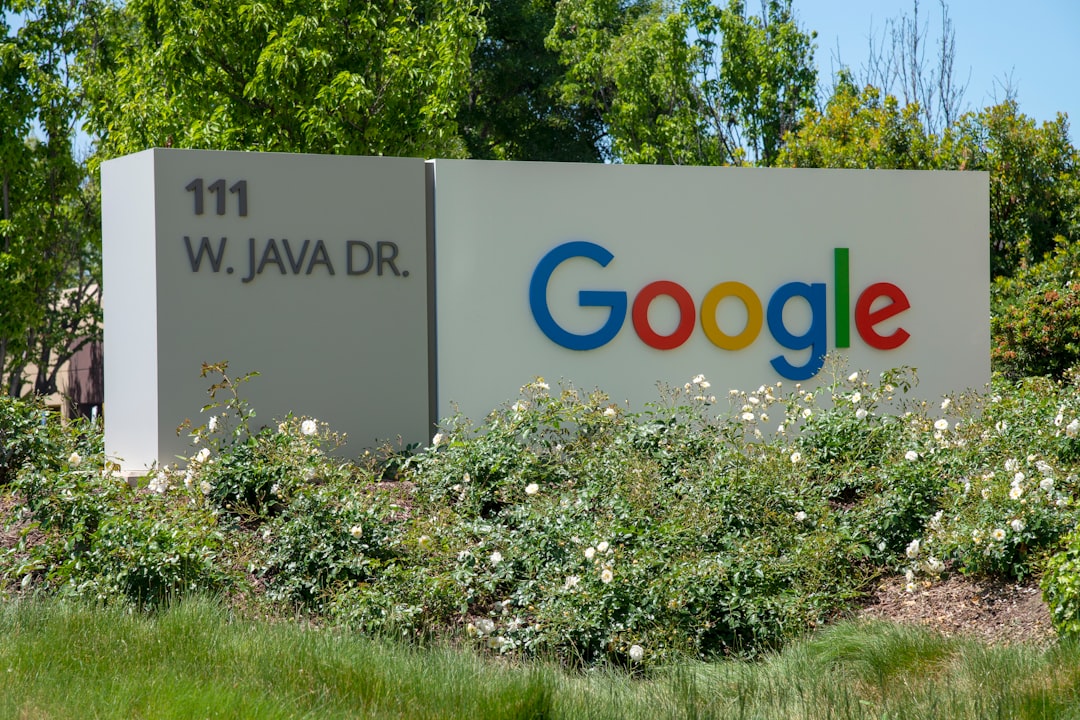
Support Quality Analysis
Customer support can be the differentiator when issues arise during a transfer. Having responsive, knowledgeable, and accessible support can make a complex situation manageable.
Namecheap’s Support System
Namecheap offers 24/7 live chat support and a ticket-based system. Their knowledge base is extensive, well-organized, and helpful for both novices and advanced users. What sets Namecheap apart is their highly responsive live chat support. Agents typically respond within 2 minutes, and most queries are resolved on the spot or escalated effectively.
Customer feedback consistently praises the professionalism and friendliness of Namecheap’s support staff. Many users appreciate the ability to share screenshots and obtain real-time guidance during complicated transfers. Additionally, advanced users can find developer-centric documentation for moving domain services or integrating DNS with third-party tools.
Cloudflare’s Support Experience
Cloudflare, being primarily known for its content delivery network (CDN) and performance/security tools, offers a different customer support landscape. Domain registration and transfers are a relatively newer domain for them. Cloudflare does not provide 24/7 live chat for all users—instead, it reserves more immediate support for Enterprise-level customers. Regular users must rely on ticket-based systems and community forums.
Response time for support tickets can range from 6 to 36 hours, depending on the complexity of the issue and the user’s support package. Additionally, Cloudflare’s support documentation can be highly technical. While this benefits developers, it may present a learning curve for users less familiar with DNS or registrar terminology.
Interface and Usability
Another dimension worth considering is usability: how intuitive and friendly are the domain management interfaces provided by each platform?
Namecheap’s Dashboard
Namecheap boasts a simple, uncluttered user interface. Upon login, users are greeted by an easy-to-navigate domain list, along with tools for DNS management, domain forwarding, and renewal settings. The dashboard is beginner-friendly, with tooltips and support articles readily accessible.
One standout feature is the centralized dashboard for managing multiple domain-related actions, such as initiating transfers, adding WHOIS privacy, and editing servers—all under one window.
Cloudflare’s Dashboard
Cloudflare’s interface is modern but tailored more toward DNS and performance management. The registrar option appears only if your domain meets specific conditions, such as being managed by Cloudflare’s DNS first. Although the UI is sleek, it can feel overwhelming to users primarily interested in domain transfers or renewals.

Pricing Considerations
Although this article focuses on speed and support, pricing has a tangential effect, especially when considering the value of support. Cloudflare’s wholesale, no-markup pricing is attractive but may lack the support infrastructure some users need. In contrast, Namecheap’s slightly higher pricing is offset by its support-rich ecosystem.
Conclusion: Which One Wins?
If speed and support are your top priorities, Namecheap emerges as the better choice. It facilitates faster transfers, offers immediate support via live chat, and presents a more intuitive user interface for managing domain-related tasks. While Cloudflare is an excellent registrar in terms of pricing and technical tools, its slower transfer speed and limited support model make it a better option for technically experienced users who don’t need frequent hands-on assistance.
Ultimately, the choice depends on your specific needs. For most general users and small to medium businesses, Namecheap provides a more balanced and user-friendly experience. For tech enthusiasts or developers who already use Cloudflare’s DNS services and can navigate the intricacies of a technical dashboard, Cloudflare might be worth considering despite its slower transfers and support gaps.
FAQ
-
Q: How long does a domain transfer take with Namecheap?
A: Domain transfers to Namecheap typically complete within 24 to 48 hours after initiation, assuming the domain is unlocked and the EPP code is correct. -
Q: Does Cloudflare offer live chat for domain-related issues?
A: No, Cloudflare does not provide live chat support for all users. Only Enterprise-level customers have access to priority support options. -
Q: Is there downtime during a domain transfer?
A: Typically, no. If properly managed, domain transfers involve no downtime since DNS settings persist across registrars until updated. -
Q: Can I initiate a domain transfer to Cloudflare without already using its DNS?
A: No, Cloudflare requires the domain to be managed through its DNS before allowing you to initiate a transfer. -
Q: Which registrar is better for beginners?
A: Namecheap is generally more beginner-friendly due to its intuitive UI and readily available live support. -
Q: What if my domain transfer gets stuck?
A: With Namecheap, live chat can quickly resolve most stuck transfers. With Cloudflare, you may need to lodge a support ticket and wait for a response. -
Q: Can I manage multiple domains easily with both registrars?
A: Yes, both provide control panels for managing multiple domains, but Namecheap’s interface is generally easier for basic management tasks.

